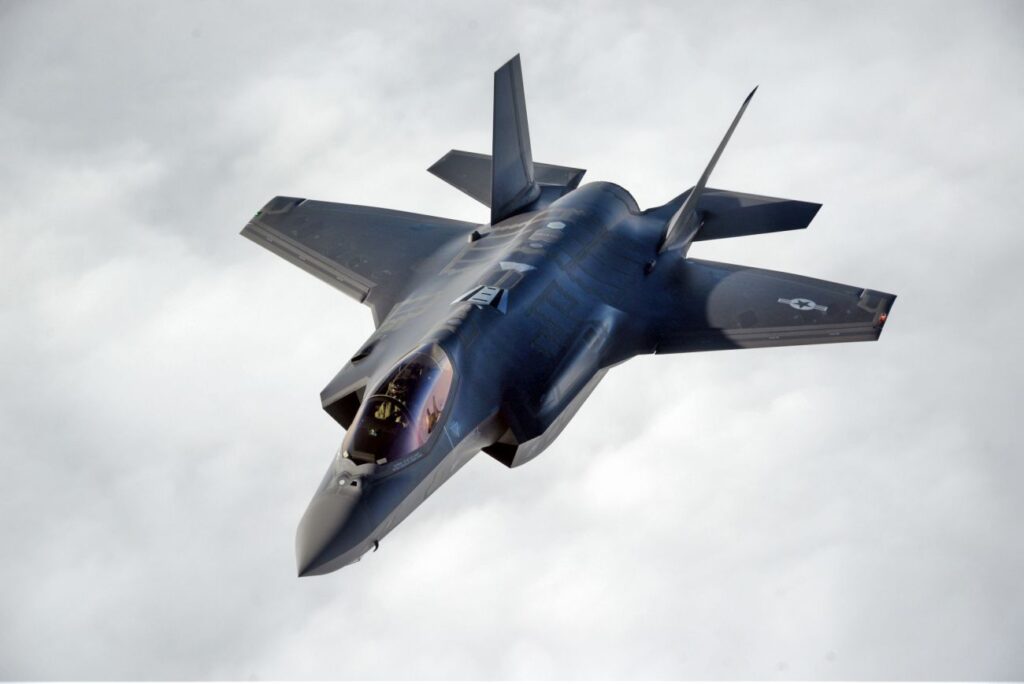
The F-35 Lightning II Was Part Of History’s Biggest Arms Deal

Modern warfare is expensive. Contemporary military forces rely on state-of-the-art technology to maintain their battlefield edge. The cost in research, development, and implementation is vast, and multi-billion dollar arms deals are becoming the norm. After extensive negotiations, the US and Saudi Arabia finalized an arms deal worth over US$100 billion. While many aircraft were included in the agreement, the most prominent among them was the F-35 Lightning II. Currently the kingdom of Saudi Arabia has ordered 84 F-35s, and may acquire more in the near future.
The F-35 Is Produced In 3 Global Factories Utilizing 1,500 International Suppliers
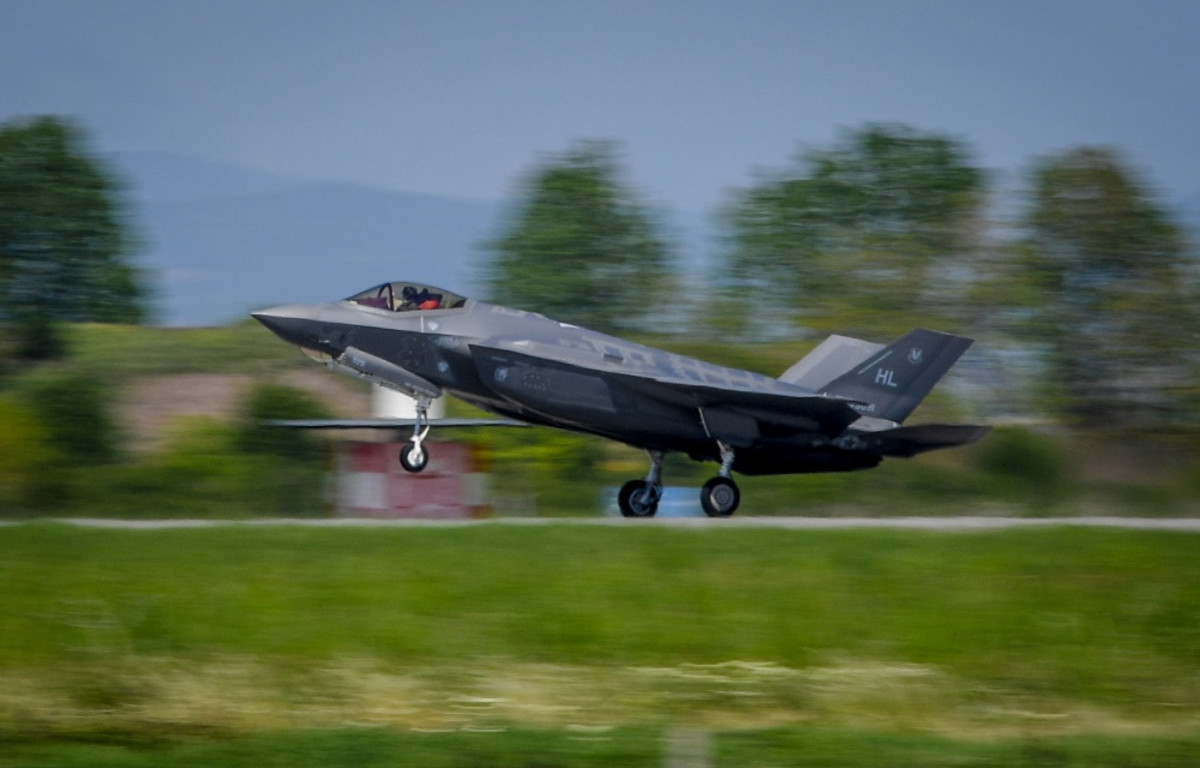
One of the coolest F-35 Facts is that unlike the F-22 Raptor fifth generation fighter, the F-35 is available to countries all over the world. It’s currently manufactured in three locations: Fort Worth, TX, Cameri, Italy, and Nagoya, Japan. Furthermore, this complex aircraft utilizes over 300,000 separate parts coming from 1,500 suppliers located all over the globe.
The F-35 Suffered From Oxygen System Problems
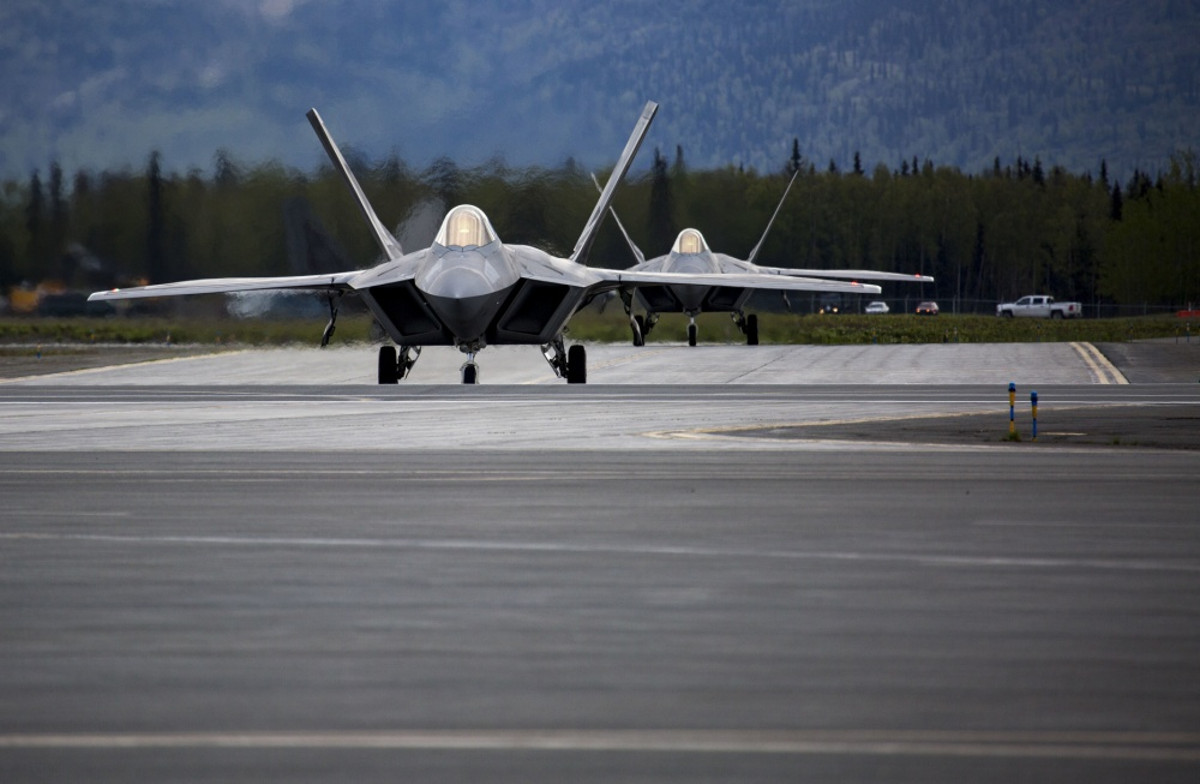
One of the most critical functions a fighter aircraft performs is keeping the pilot safe and operational. Most aircraft can’t fly themselves in any useful way, and the human operator has to be able to get the job done. Supersonic fighters have a variety of support systems to keep the pilot going, one of the most vital of which is the oxygen generator. During some key stages of its development, the F-35 Lightning II had serious issues with oxygen generation and delivery, leaving the pilot at risk under some circumstances. While these problems were eventually resolved, it was a complex engineering challenge in a complex aircraft.
F-35s Have Flown A Combined 90,000+ Flight Hours Since 2006
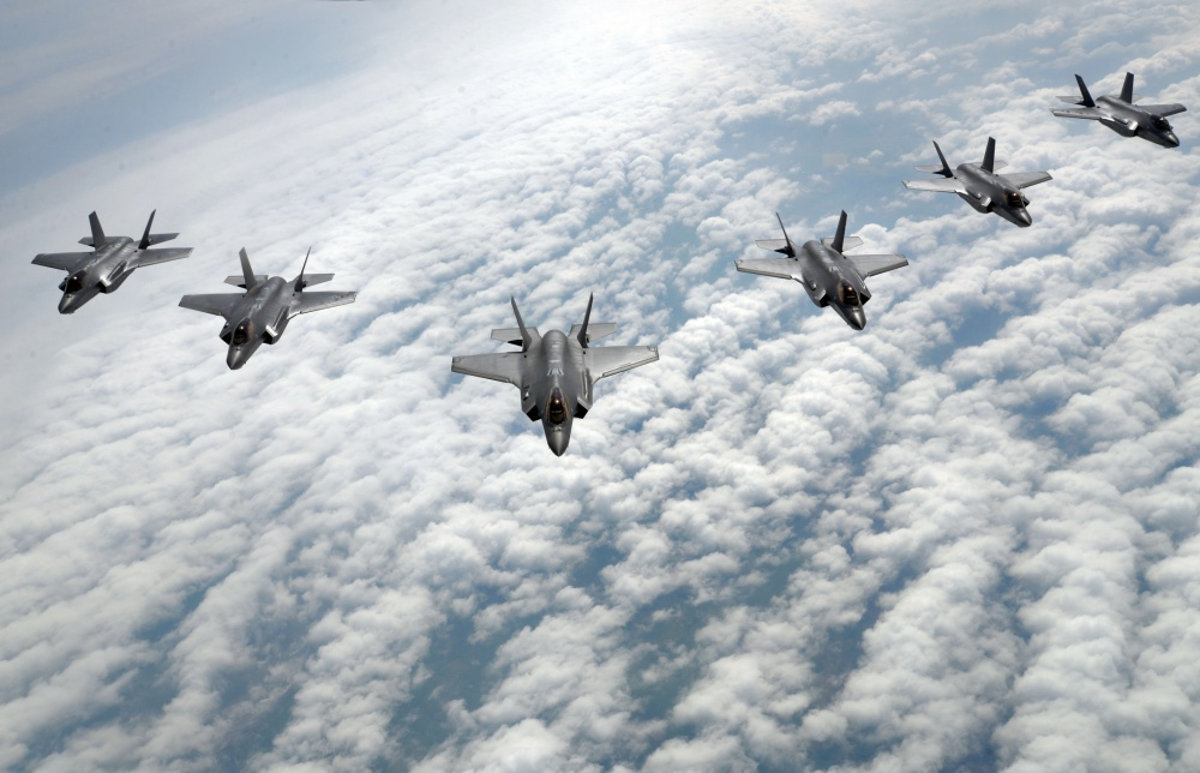
Despite the development issues with the JSF program, the F-35 Lightning II now has over 90,000 cumulative flight hours to its name. This includes all variants of the stealth aircraft, and is a promising benchmark for the program’s future.
F-35 Lightning II Flight Systems Contain Over 8 Million Lines Of Code

The F-35 Lightning II flight systems are the most advanced available. Lockheed Martin refers to these as the “supercomputer” within, or the F-35 “brain”. The “brain” operates using 5 distinct sensors including Electronic Warfare (EW), Radar, Communication, Navigation and Identification (CNI), Electro-Optical Targeting System (EOTS) and the Distributed Aperture System (DAS). And within these systems lies over 8 million lines of complex code. This is more than any other US or allied jet in existence.
The Engine Of The F-35 Lighting II Is The Most Powerful Available
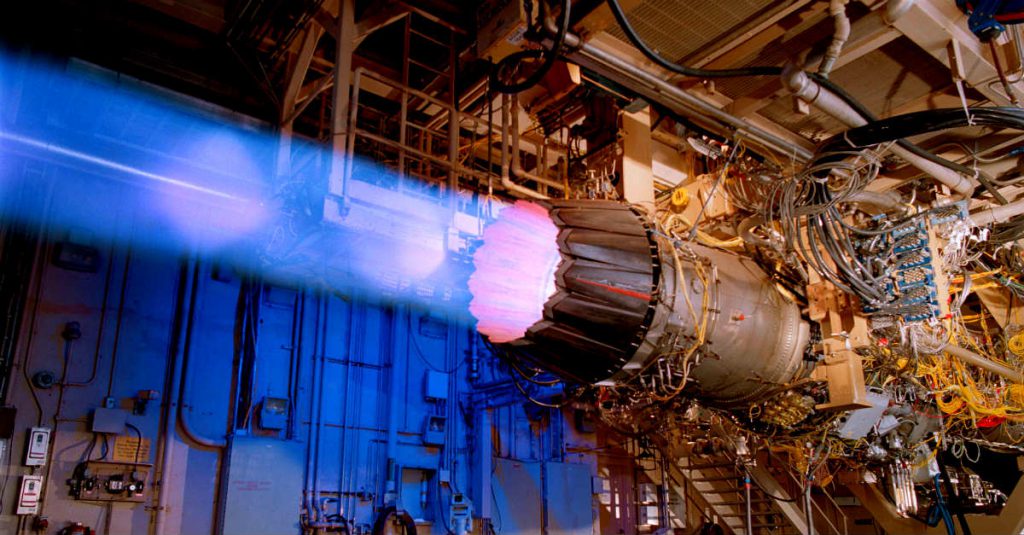
While initially plagued by reports of being under-powered, the engine finally implemented for the F-35 Lightning II is the heart and soul of its operational capability. This powerplant—the Pratt & Whitney F135—is an afterburning turbofan developed specifically for the F-35 Lightning II. Lockheed Martin claims that the engine is the most powerful available for a fifth-generation fighter. Able to generate 41,000 lbf of thrust, the flexible design of the F135 also contributes to the maneuverability and operational flexibility of the F-35 by enabling some of its enhanced features.
STOVL Capability Sets The F-35 Lighting II Apart
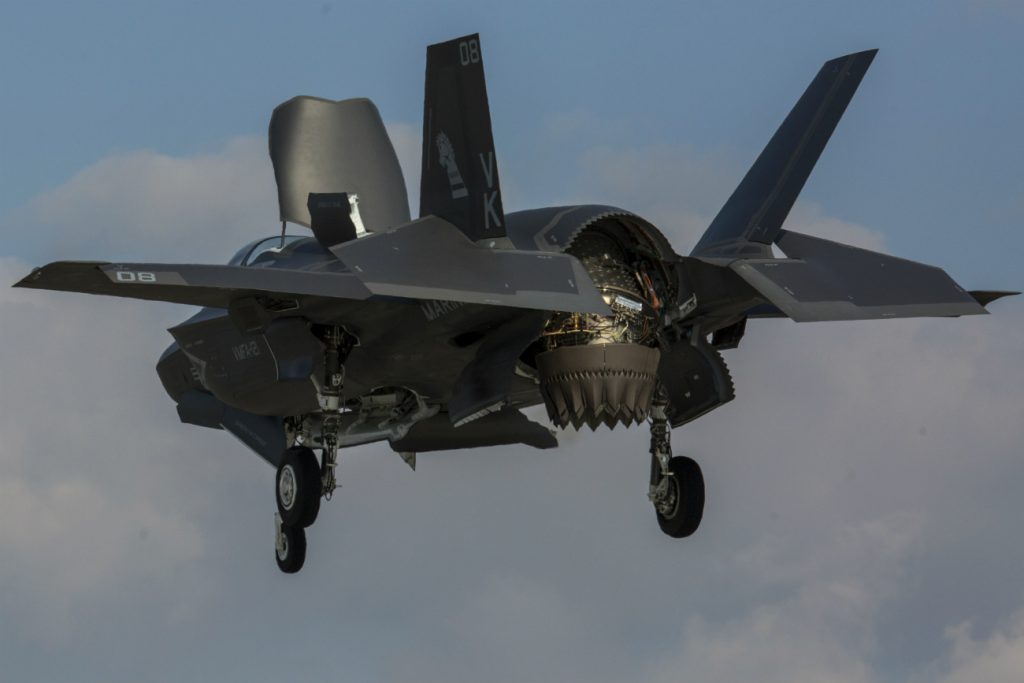
As mentioned above, the F-35 is expected to operate under a variety of circumstances, including carrier duty. Faced with the challenges of a carrier landing, the designers of the F-35 Lightning II designed it to be STOVL capable. STOVL—Short Take Off Vertical Landing—allows the F-35 to take off from shorter runways while landing vertically on the deck of a carrier. Accomplished by adding a lift fan to the fore of the aircraft and a vectoring duct to the engine, this engineering feat sets the Lighting II apart.
Stealth Mode vs. “Beast Mode”

Like many contemporary military aircraft, the F-35 Lightning II is designed with stealth in mind. The materials and cross section of the aircraft are intended to render it invisible to enemy radar, something that the F-35 Lightning II excels at. On of the best F-35 facts is that in stealth mode, it holds all of its ordinance internally in order to remain unseen.
However, the F-35 does have external hard points for attaching weapons, giving it another option. Lovingly referred to by its operators as “beast mode”, the F-35 can abandon stealth to load up with extra ordinance to expand both air to air and air to ground engagements. One more feather in its cap, and one more example of the F-35’s overall versatility.
The F-35 Lightning II Breaks The “Kill Chain”
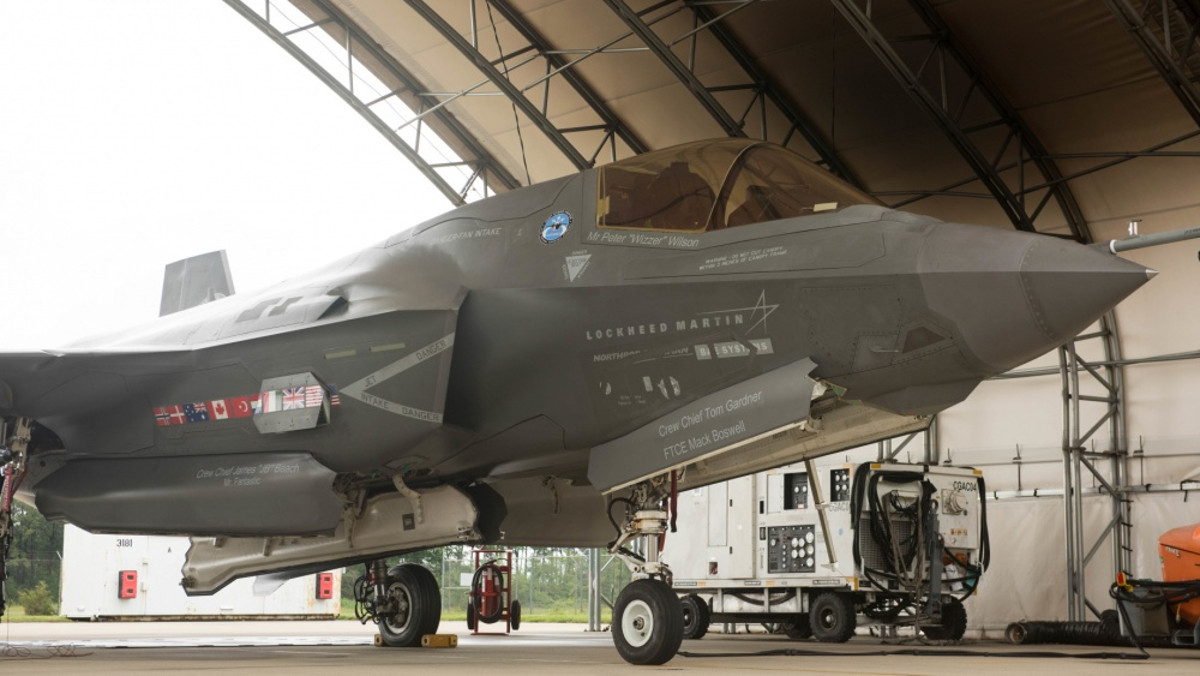
Stealth capability is evolving, but so is radar detection. With modern VHF integrated radars able to partially detect stealth aircraft such as the F-35 Lightning II, the fifth-generation fighter is still nearly untouchable. It turns out that detecting the aircraft is only part of the “kill chain”. Enemy forces would also need to be able to track the F-35, target it with a missile, and then launch that missile effectively. The F-35 Lighting II’s stealth is such that it renders the whole process untenable, breaking the kill chain before an effective response can be made.
State-Of-The-Art Electronic Warfare Capabilities

Electronic warfare has been around for some time, but in the 21st century it has become a vital function. Information is power, and the F-35 Lightning II is designed with that in mind. The F-35’s sophisticated, next generation electronic warfare capabilities include false targets, network attack abilities, advanced radar and communications jamming, and data streaming. Combined with the F-35’s self-protection capabilities and stealth design, this fifth-generation fighter can target the enemy both physically and in the digital realm.
The F-35 Lighting Has Been Tested Against The Best American Fighters, And Won
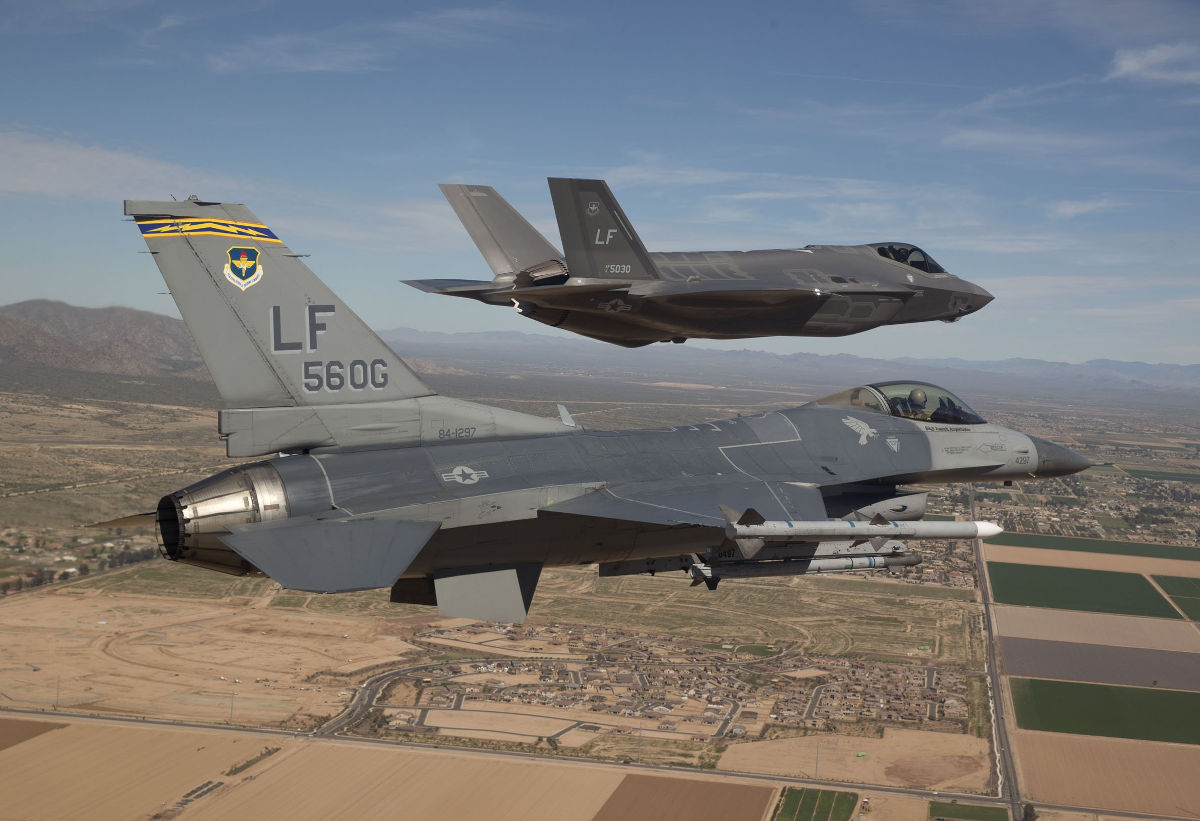
Red Flag is an intense training exercise conducted by the Unites States Air Force. Fighter squadrons go head-to-head in simulated combat, which tests both the machines and the skill of their operators. Fighting it out with the F-16 Fighting Falcon, the F-35 established an impressive kill ratio, downing 15 F-16s for every F-35 lost. The real edge the F-35 brought to the table was its versatility. The Lightning II was better able to detect enemy aircraft, share information, and identify and track targets. Even fresh out of missiles, the F-35 Lightning II’s electronic warfare and networking capabilities meant that it was an asset while unarmed. The Lightning II has been tested against the best and came out far, far ahead.
The F-35 Lightning II’s Helmet Pushes The Boundaries Of Augmented Reality
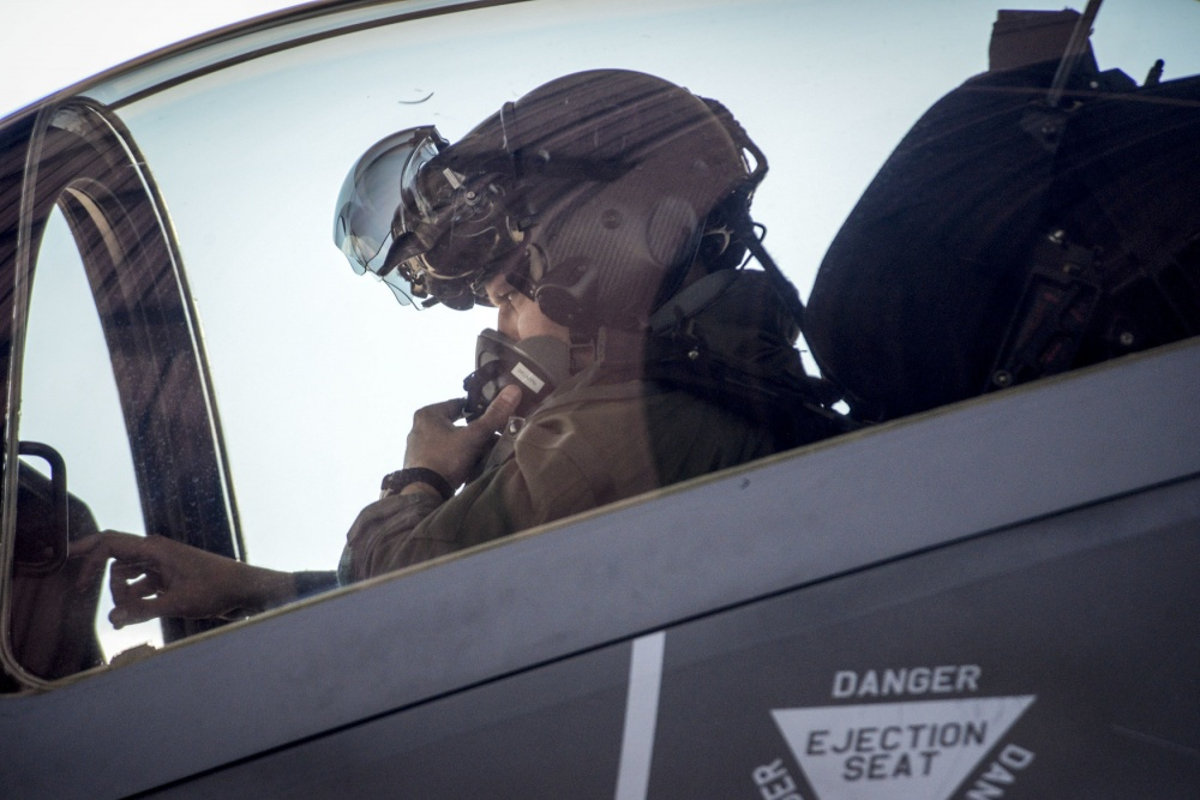
The helmet mounted display system integrated into the F-35 Lightning II’s flight systems is state of the art. More than that, it may be defining the art. Vital information—airspeed, heading, altitude, weapons operation and targeting, and warnings—is projected onto the interior of the helmet’s visor. Additionally, six cameras mounted around the F-35 allow the pilot to look through and around the airframe even in flight. This allows for unprecedented focus and control by the pilot, making the F-35 Lighting II the most advanced and powerful fighter currently in the skies.